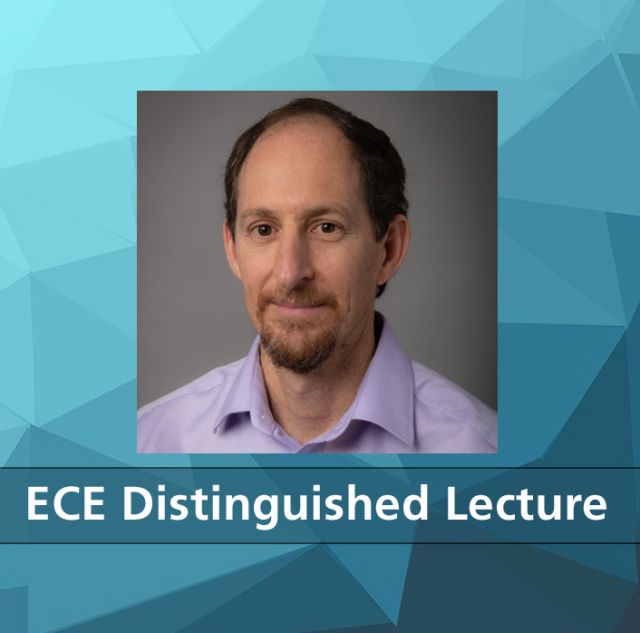ECE Distinguished Lecture – Jan 26 (Fri) @ 2:00pm: "Augmenting Jan 19 (Fri) @ 2:00pm: ”High-efficiency, Superconducting Single-photon Detectors from Ultraviolet to Long-wavelength Infrared,” Richard Mirin, Group Leader, Quantum Nanophotonics, NIST Boulder

Come at 1:00p for Cookies, Coffee and Conversation!
DISTINGUISHED LECTURE at the ECE SEMINAR SERIES
Abstract
The development of high performance superconducting single-photon detectors has been a key development in the advancement of photonic quantum information science. Both transition edge sensors (TESs) and superconducting nanowire single-photon detectors (SNSPDs) have demonstrated system detection efficiencies approaching 100% at wavelengths around 1550 nm. In 2015, both of these detectors were used in landmark demonstrations of loophole-free Bell experiments that conclusively showed that quantum entanglement cannot be explained by hidden local variables. Both of these detectors have been used for demonstrations of photonic quantum computing. There are many applications beyond quantum information science, such as medical imaging, semiconductor characterization, laboratory astrophysics, and exoplanet detection that are enabled by these detectors. I will describe some of the latest innovations in these superconducting single-photon detectors, including the development of SNSPD arrays with 400,000 pixels, from the Quantum Nanophotonics Group/Faint Photonics Group in the Applied Physics Division of NIST.
Bio
Dr. Richard Mirin received his PhD from the Electrical and Computer Engineering Department at UC Santa Barbara in 1996 under the supervision of Prof. John Bowers. He then joined the National Institute of Standards and Technology (NIST) in Boulder, Colorado. He is currently the Quantum Nanophotonics Group Leader in the Applied Physics Division at NIST. His research interests include superconducting single-photon detectors, III-V semiconductor devices including semiconductor lasers, chip-scale nonlinear optics, and quantum dots, and molecular beam epitaxy.
Hosted by: The ECE Seminar Series
Submitted by: Prof. Galan Moody <moody@ucsb.edu>